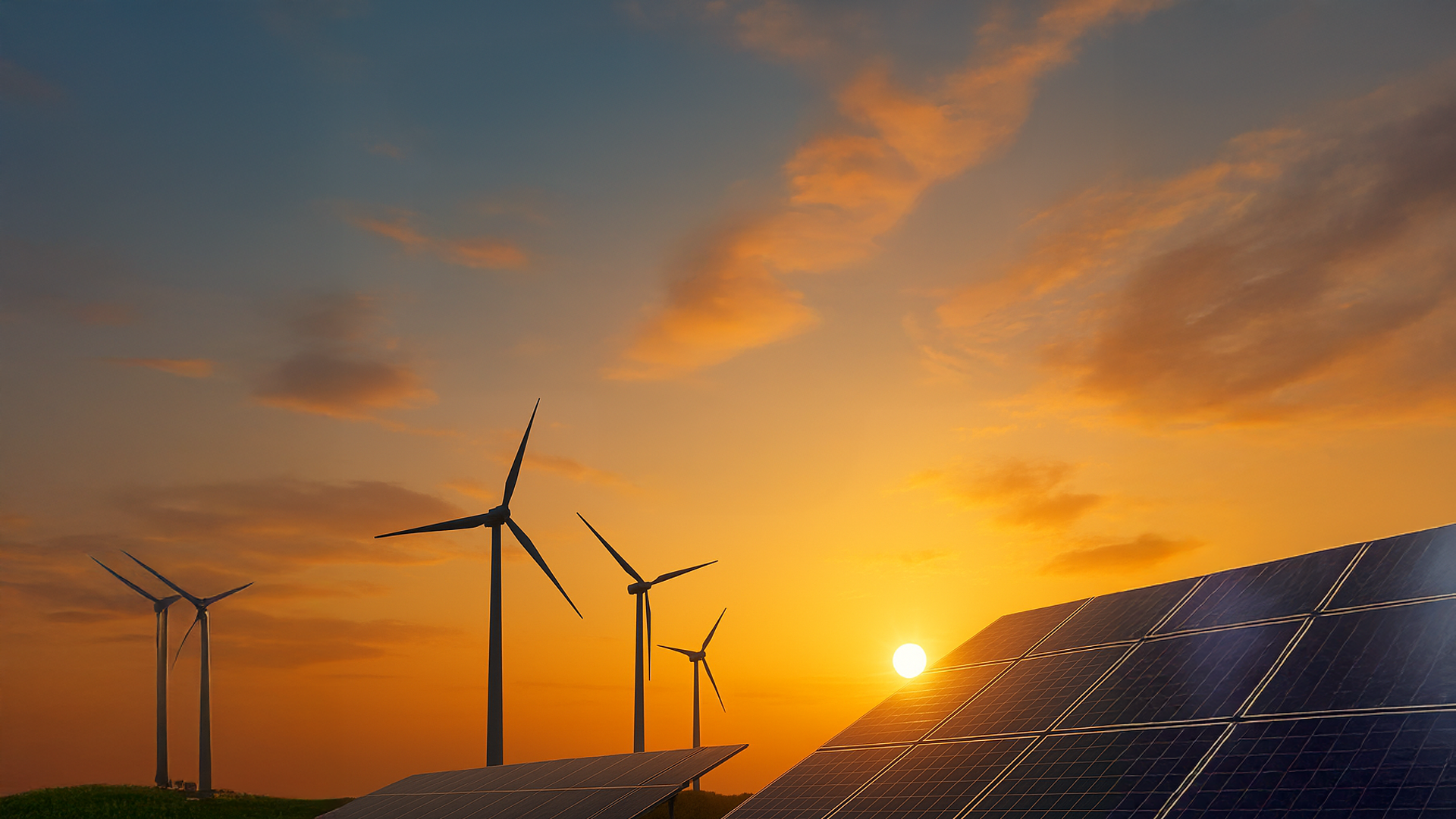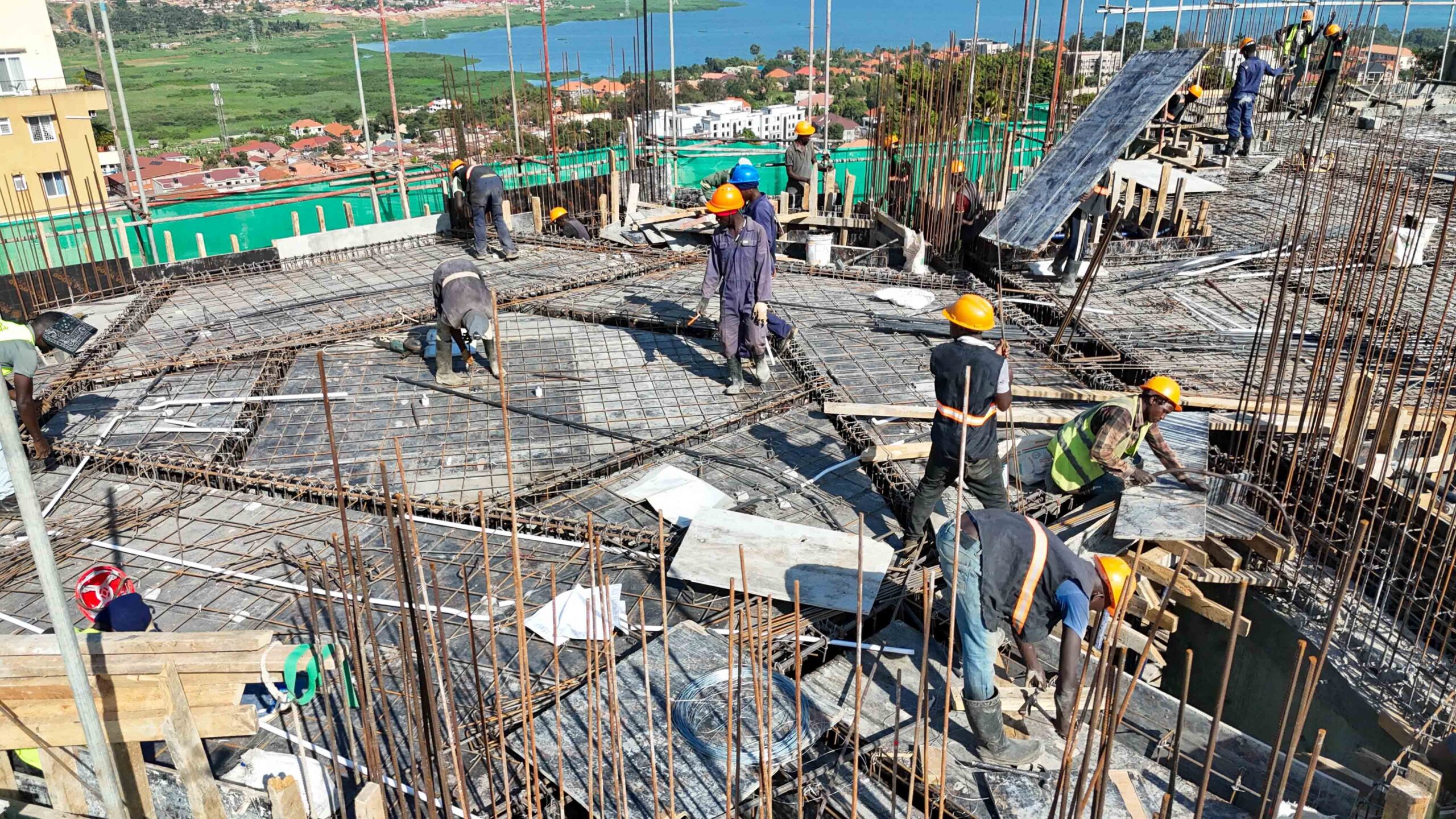In today’s world, where climate concerns are escalating and resources are being pushed to their limits, the question isn’t if we can shift to a sustainable energy future—it’s how fast we can make it happen.
Many assume major transitions take generations. But real-world examples are proving that with the right vision, collaboration, and systems in place, a clean energy transformation can occur much faster than we think.
1. Buildings Are at the Heart of the Energy Shift
Buildings account for roughly a third of global energy use. They’re not just places we live and work—they’re central to how we consume, waste, and save energy.
The next generation of cities must prioritize:
- Retrofitting older buildings with better insulation and energy-efficient materials.
- Integrating solar panels, heat pumps, and smart systems.
- Using buildings not just as consumers, but as active contributors to the energy grid.
This approach turns every home and office into a part of the solution.
2. It’s Not Just Policy—People Make the Shift Possible
Top-down policies are important, but they only go so far. For a sustainable energy future to take root, people must be engaged and empowered.
Success stories show that:
- Clear, transparent financial models encourage more homeowners to invest in renovations.
- Offering ready-to-implement solutions builds trust and reduces decision fatigue.
- Community involvement drives long-term adoption and pride in sustainable living.
When the public is part of the process, progress accelerates.
3. Proof That It Works: A Real-World Case
In areas like Østerbro, city blocks have been transformed through collaborative efforts between residents, municipalities, and energy experts.
What worked:
- Renovating buildings with ventilated facades and efficient insulation.
- Enhancing comfort, reducing costs, and lowering emissions.
- Using shared learning and public-private partnerships to scale up solutions.
These aren’t pilot projects. They’re working models that can be adapted globally.
4. Global Energy Trends Are Already Moving Forward
Despite the challenges, the world is already moving in the right direction:
- Solar and wind energy costs have dropped by up to 90% since 2010.
- Batteries and energy storage solutions are becoming more reliable and affordable.
- Smart energy grids and connected systems are enabling more flexible energy use.
The tools are here. The momentum is building.
5. A Framework for Rapid Decarbonization
To truly shift to sustainable energy across sectors, we need to act on four key pillars:
- Energy Efficiency – Start by reducing demand through better building designs and smart technologies.
- Electrification – Replace fossil fuels in transport, heating, and industry with electricity.
- Renewables – Scale up clean energy generation rapidly using solar, wind, and hydro.
- Systems Integration – Create a connected network of buildings, grids, vehicles, and storage systems to manage supply and demand efficiently.
Each of these elements is already in motion—we just need to accelerate and scale.
6. Policies That Unlock Transformation
Effective legislation plays a vital role in making energy transitions faster and more impactful.
Frameworks like:
- The EU’s Energy Performance of Buildings Directive (EPBD),
- The Corporate Sustainability Reporting Directive (CSRD), and
- Net-zero commitments from cities and businesses worldwide…
…are creating the structure and urgency needed for widespread action.
But policy alone isn’t enough—it must be paired with innovation, investment, and community ownership.
7. Where We Go From Here
A rapid energy transition isn’t just a vision—it’s a proven path. Cities, communities, and individuals across the world are showing that with the right tools and mindset, change can happen within a single generation.
To move forward, we must:
- Align around a clear and compelling vision.
- Build solutions that make sense for people’s lives and budgets.
- Integrate technology, policy, and design into a single, smart energy ecosystem.
We don’t need to wait decades for a better energy future. We’re already building it—block by block, building by building, decision by decision.











